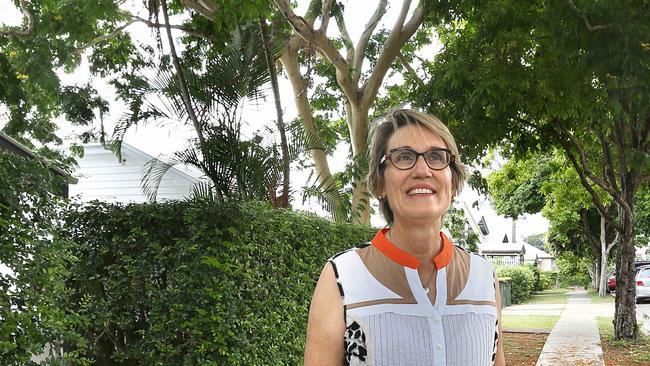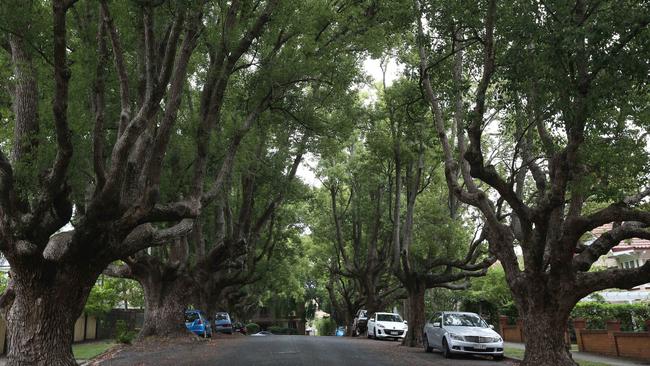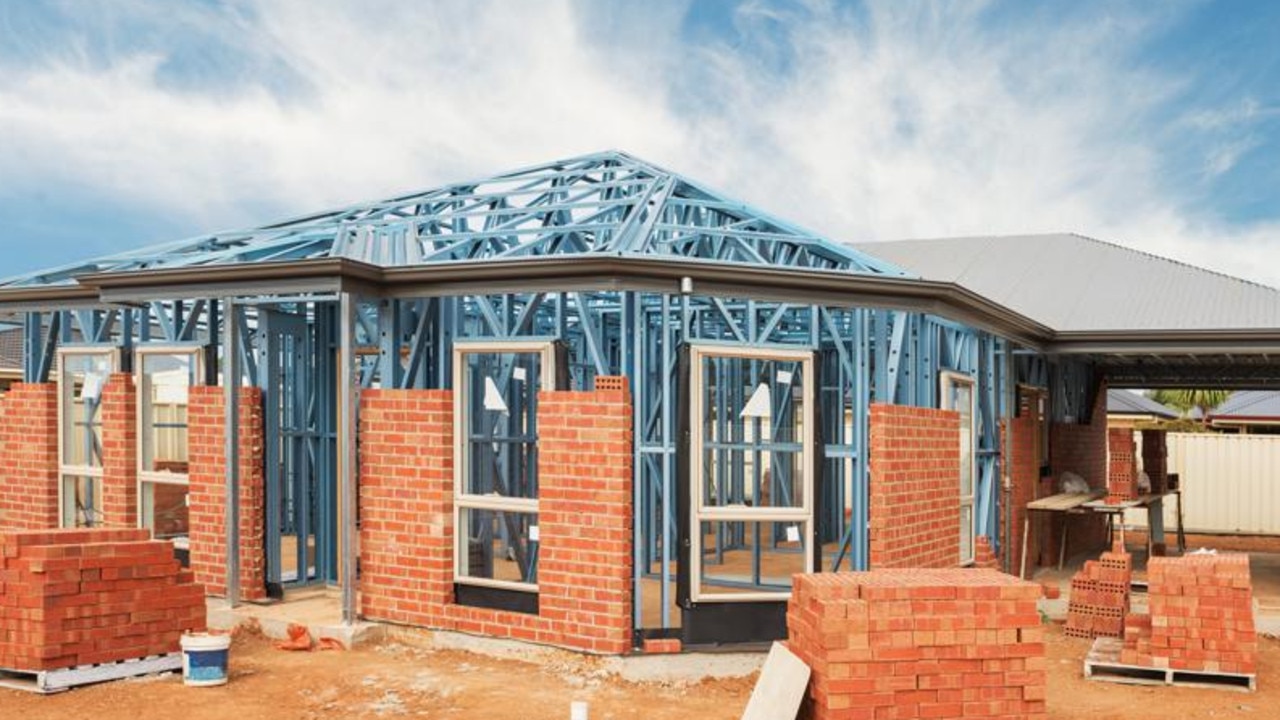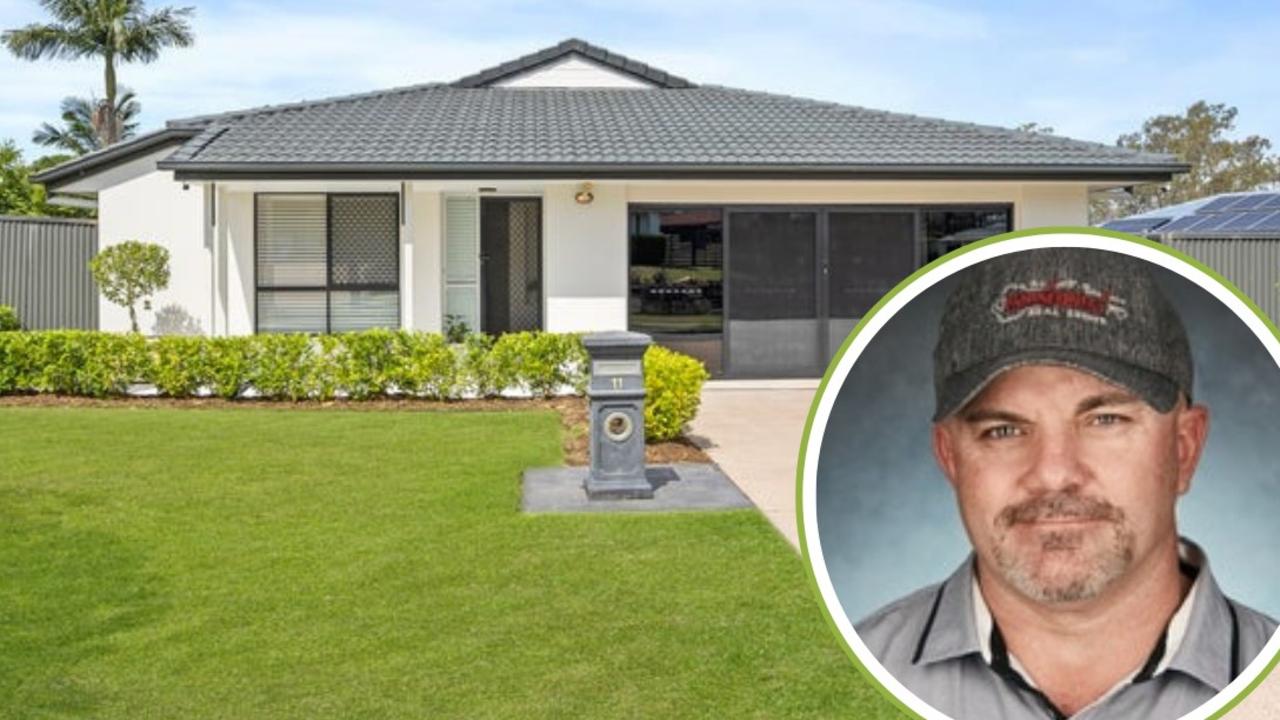Urban study reveals buyers are prepared to pay more for a property on a leafy street
BRISBANE’S leafiest streets – where properties attract higher prices because of their urban tree canopies – are all in the city’s inner-western suburbs

Real Estate
Don't miss out on the headlines from Real Estate. Followed categories will be added to My News.
BRISBANE’S leafiest streets – where properties attract higher prices because of their urban tree canopies – are all in the city’s inner-western suburbs.
University of Queensland PhD candidate Lyndal Plant, who recently completed a study on urban forest research, found St Lucia homes had the most leafy streets in Brisbane with a street tree coverage of 41.37 per cent, followed by Bardon (39.46 per cent); Indooroopilly (35.97 per cent); The Gap (34.62 per cent); and Ashgrove (34.25 per cent).
This compares to an overall tree canopy level in Brisbane of 49 per cent.
Ms Plant’s study also revealed buyers paid 5 per cent above the median price for houses in a street with 50 per cent or more trees.

Residential blocks with 20 per cent or less trees sold for 4.78 per cent more than the median price, while homes in a street with mature trees sold for 3.27 per cent more than those in streets with new or young trees.
“In property values alone, trees are paying their way, justifying their investment to homeowners and councils,” Ms Plant said.
“These figures also translate to street trees exceeding their annual costs of planting and maintenance more than twice over.
“Street trees are good value for money and are worth continuing to support and invest in.”
LJ Hooker Brisbane West sales agent Tyler Bean said that homes in tree-lined streets were more attractive for buyers so they were willing to pay more for them.
“If a property doesn’t enjoy a city or river view, a leafy outlook is the next best thing,” Mr Bean said.
“It also gives a home a bit more privacy and in some areas, reduces noise.
“Brisbane’s western suburbs definitely have more abundant urban canopies especially in certain suburbs where there are a lot of public parks.”
Tree canopies also cool and clean the air and filter stormwater run-off.
“There are also benefits such as green relief from built forms, connections to nature, attractive scenes, and places that encourage outdoor activity,” Ms Plant said.
“However, a strategic approach for increasing tree cover is needed.
“The strategy needs to address the challenges of diminishing space on private land and do more to integrate trees into the design and renewal of sites, streets, infrastructure projects, centres and suburbs.”


